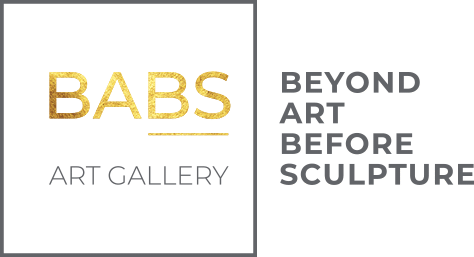GIANCARLO MONTEBELLO
Milano, 1941 – 2020
GianCarlo Montebello was born in Milan, where he attended the Art School of the Castle and where he lives and works.
In 1958 he took his first steps with furniture. He knows the architects Carlo Scarpa, Achille and Pier-Giacomo Castiglioni who will inspire him to transfer his experience in another field.
In 1967 he started with Teresa Pomodoro a precious metallurgy workshop at the service of artists. Later, with the acronym GEM, he began the activity of publisher of jewelry artist: Cesar, Sonia Delaunay, Piero Dorazio, Lucio Fontana, Hans Richter, Larry Rivers, Niki de Saint Phalle, Jesus Soto and Alex Kattz are some of the many characters (more than fifty) with whom Montebello worked from 1967 to 1978.
With this material he organizes exhibitions in Europe and the Americas, in private galleries and museums.
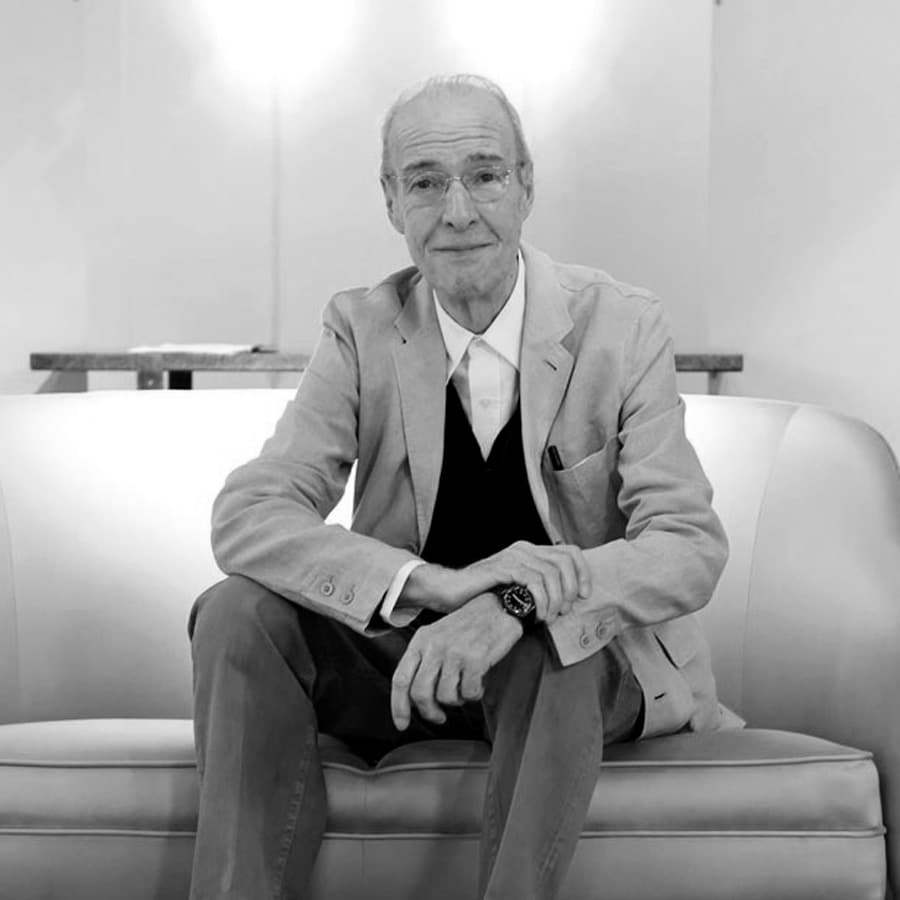
GIANCARLO MONTEBELLO
JEWELS
-
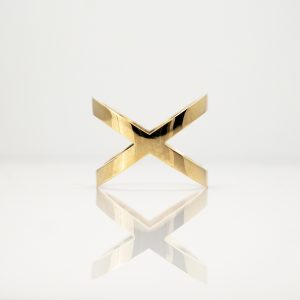
X Ring
GIANCARLO MONTEBELLO
-
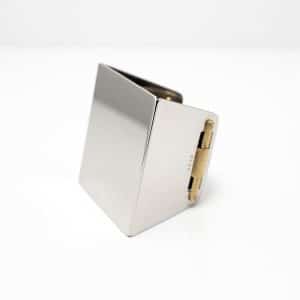
SPECCHIO RETROVISORE Ring
GIANCARLO MONTEBELLO
-
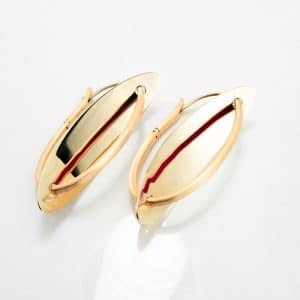
RIFLESSO Earrings
GIANCARLO MONTEBELLO
-
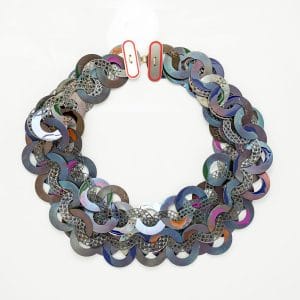
SUPERLEGGERI Necklace
GIANCARLO MONTEBELLO
-
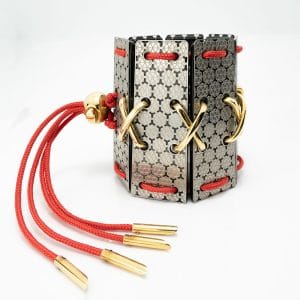
FICHES Bracelet (alto)
GIANCARLO MONTEBELLO
-
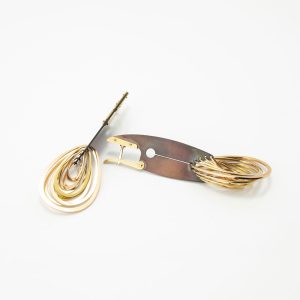
HOMMAGE Earrings
GIANCARLO MONTEBELLO
-
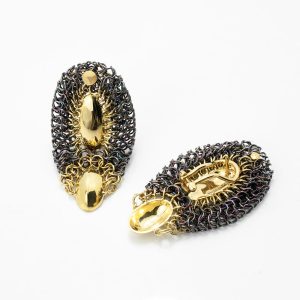
DAKOTA Earrings
GIANCARLO MONTEBELLO
-
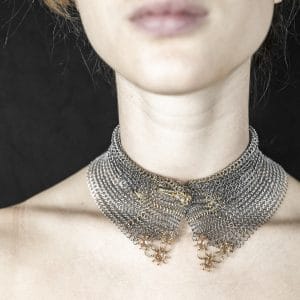
COLLETTO Necklace
GIANCARLO MONTEBELLO
-
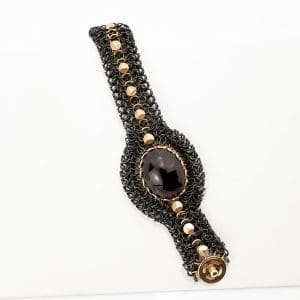
BARBARO Bracelet
GIANCARLO MONTEBELLO
-
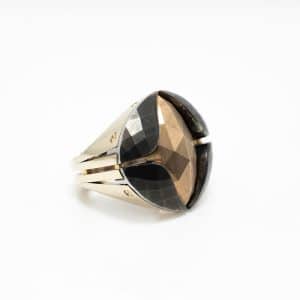
MORGANA Ring
GIANCARLO MONTEBELLO
-
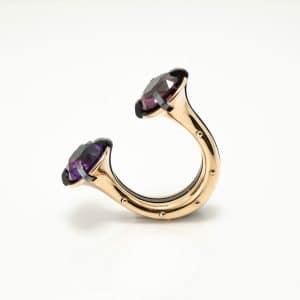
TROMPE l’OEIL Ring
GIANCARLO MONTEBELLO
-
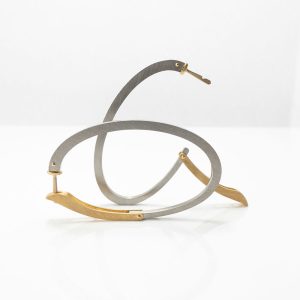
ELLISSE Earrings
GIANCARLO MONTEBELLO
-
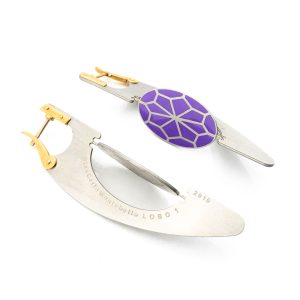
LOBO Earrings (viola)
GIANCARLO MONTEBELLO
-
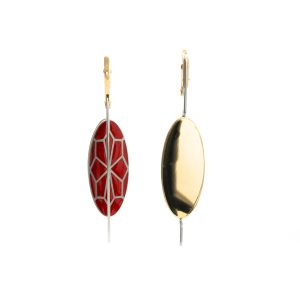
LOBO Earrings (rosso)
GIANCARLO MONTEBELLO
-
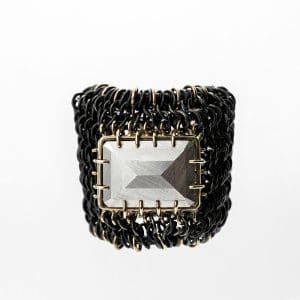
SOFTNESS Ring (corto)
GIANCARLO MONTEBELLO
-
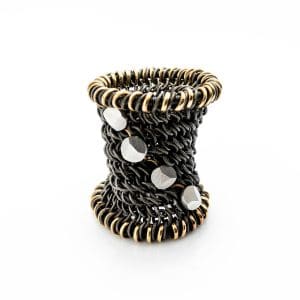
SOFTNESS Ring (lungo)
GIANCARLO MONTEBELLO
-
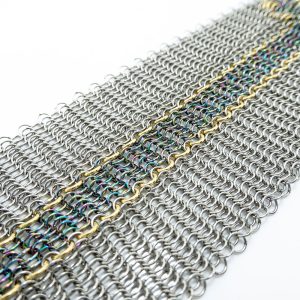
AUTOMATICO Bracelet
GIANCARLO MONTEBELLO
-
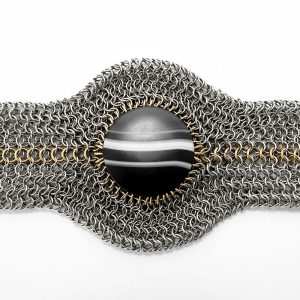
SOFTNESS Bracelet
GIANCARLO MONTEBELLO
-
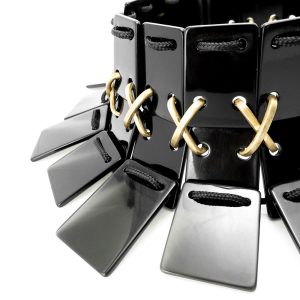
FICHES Necklace black
GIANCARLO MONTEBELLO
-
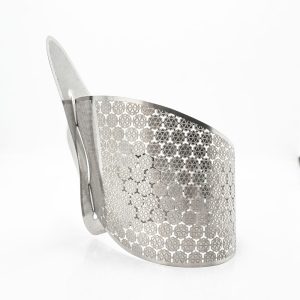
PESCE Bracelet silver
GIANCARLO MONTEBELLO
-
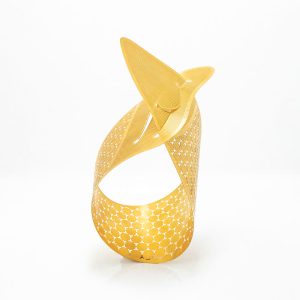
PESCE Bracelet gold
GIANCARLO MONTEBELLO
-
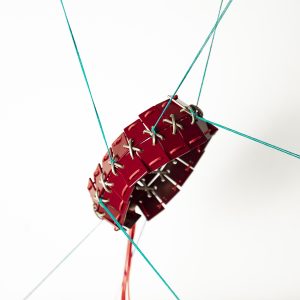
FICHES Necklace red
GIANCARLO MONTEBELLO
-

GINEVRA
GIANCARLO MONTEBELLO
-
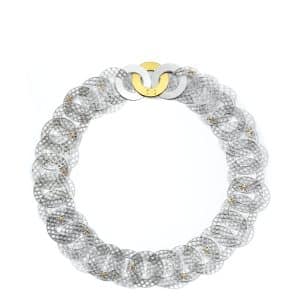
SUPERLEGGERI Chain Necklace Round
GIANCARLO MONTEBELLO
-
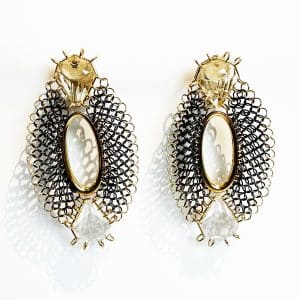
SOFTNESS ELLISSE
GIANCARLO MONTEBELLO
BIO
GianCarlo Montebello was born in Milan, where he attended the Art School of the Castle and where he lives and works.
In 1958 he took his first steps with furniture. He knows the architects Carlo Scarpa, Achille and Pier-Giacomo Castiglioni who will inspire him to transfer his experience in another field.
In 1967 he started with Teresa Pomodoro a precious metallurgy workshop at the service of artists. Later, with the acronym GEM, he began the activity of publisher of jewelry artist: Cesar, Sonia Delaunay, Piero Dorazio, Lucio Fontana, Hans Richter, Larry Rivers, Niki de Saint Phalle, Jesus Soto and Alex Kattz are some of the many characters (more than fifty) with whom Montebello worked from 1967 to 1978.
With this material he organizes exhibitions in Europe and the Americas, in private galleries and museums.
In the spring of 1970 Paris is the scene of another important meeting: he knows Man Ray who will be his guide for many years (with him he will work until a few months before the death of the Master). Montebello summarizes Man Ray’s lesson in one sentence: «il m’apprend la simplicité des choses».
In the period between 1972 and 1976 Montebello made several trips to the United States, in particular to New York, having working relationships with artists, gallery owners and collectors.
In 1978, he temporarily suspended publishing and presented his jewelry.
His studio-laboratory, in via Lamarmora 15 (in Milan) became the place of several mises en scène. The first ornament he conceived (designed and made) is the Color Point, which has as its main characteristic the “mobility”, lives completely d/ in the choice of who “wears” it, prefiguring one of the most authentic inclinations of all the “production” to come.
In the meantime, he took part in the establishment of the Department of Goldsmith at the European Institute of Design in Milan, where he taught for two years (1984-1986) Design and Construction Technology. In the mid-nineties he completed the cycle, which began in 1983, of Ornaments for Bradamante that, made of stainless steel mesh and various precious materials, clearly express the idea of the “jewel to wear” as a dress, combinable and variable.
Meanwhile, he is invited with the work of GEM MONTEBELLO to the exhibitions The Italian Metamorphosis, curated by Germano Celant for the Guggenheim Museum in New York (1993-1994) and New Times, New Thinking: Jewellery in Europe and America, curated by Rulph Turner, held at the Craft Council Gallery in London (1995-1996).
In the book, edited by Luisa Somaini and Claudio Cerritelli, Fifty Years of Italian Artist’s Jewelry, published by Electa in 1996, several jewels of GEM and giancarlo Montebello are presented.
With his research, which currently develops mainly through the study of the characteristics of different materials and their compatibility with some forms rather than others, continues the rich “history for figures” of his ars combinatoria of which the central element is and remains the relationship with the body.
Extract from the biography narrated by Elisabetta Longari
